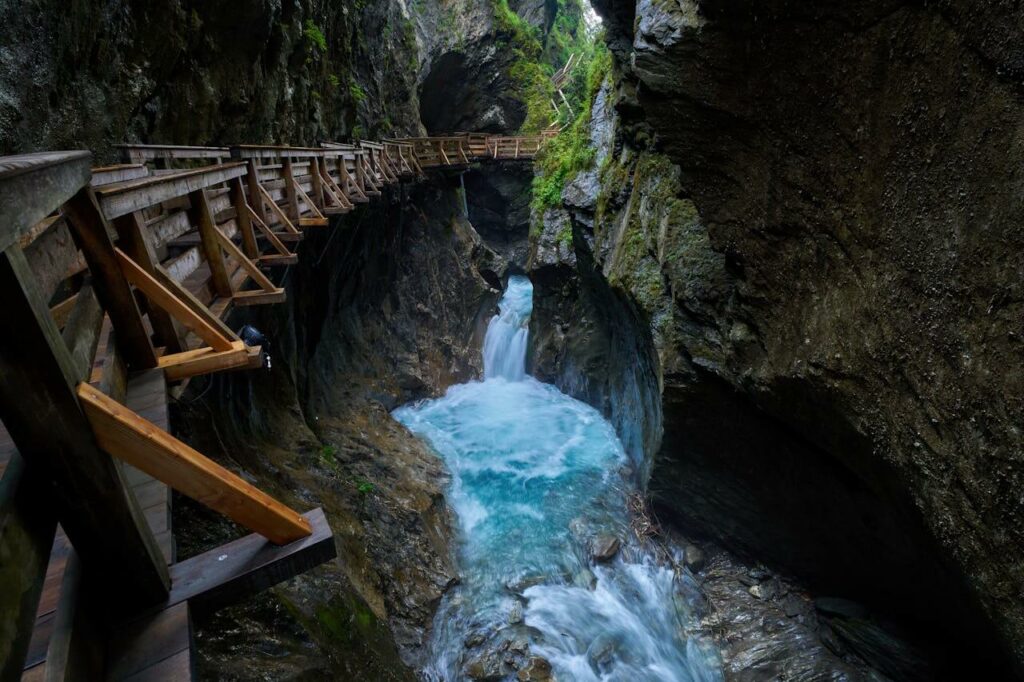
Ecotourism examples – eco travel saving nature 🌿
Seeking for ecotourism examples? 🌍 Let’s cut through the eco-hype and explore real ecotourism examples where sustainable travel actually works—from Costa Rica’s lush rainforests to Iceland’s geothermal marvels. We’ll show you how and in which destinations responsible tourism fuels conservation, empowers local communities, and lets you wander with purpose. 🌿 Ready to swap greenwashing for stories where protected areas thrive, and eco-friendly travel leaves more than footprints? Let’s dive in. 🐢✨
Article Takeaways
Top ecotourism examples include Costa Rica for its protected biodiversity and rural empowerment, Iceland for geothermal innovation, and Palau for ocean conservation. The Galapagos lead in wildlife protection, while Kenya combines safaris with community conservancies. The Amazon showcases indigenous stewardship, and Bhutan stands out as the world’s only carbon-negative destination. 🌿🌍 This article is focused on real world examples. Click here to get the eco tourism definition.
Table of contents
- 1. Costa Rica: A Biodiversity Powerhouse
- 2. Iceland: Geothermal Sustainability
- 3. Palau: Marine Sanctuaries and Cultural Pride
- 4. Galapagos Islands: Darwin’s Evolutionary Wonderland
- 5. Kenya: Safaris with a Sustainable Heart
- 6. The Amazon: Earth’s Lungs, Under Threat
- 7. Bhutan: Happiness in Harmony with Nature
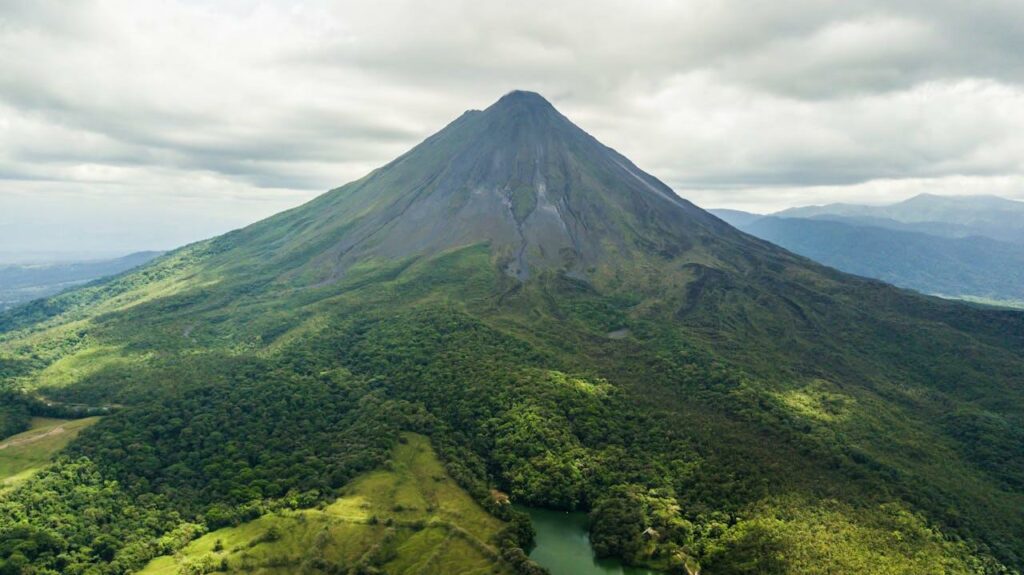
🌿 Costa Rica: A Biodiversity Powerhouse
The first destination of this ecotourism examples article starts with Costa Rica. The country protects 28% of its land through parks and reserves, making it a global ecotourism pioneer. Research published in Frontiers in Sustainable Tourism analyzes the role of ecotourism in unregulated land conservation, highlighting this impressive figure. By abolishing its military in 1949, the country redirected funds to conservation, creating a nature-lover’s paradise where 5% of Earth’s biodiversity thrives in just 0.03% of its surface area. 🌍
This exceptional biodiversity is spread across 12 ecosystems—from cloud forests to volcanic beaches. For instance, Corcovado National Park offers lowland rainforests with jaguars and scarlet macaws, while Arenal Volcano’s geothermal springs contrast with Monteverde’s misty canopy walks. In total, over 500,000 species thrive here, including 1,237 tree varieties and 900 orchid species. 🌿
Importantly, ecotourism plays a direct role in funding conservation. Through the PES program, landowners are paid to protect forests. Tourism contributes $3.5 billion annually, with 8.2% of GDP tied to nature travel. Private reserves like Selva Bananito use visitor fees to reverse deforestation, proving that economic and ecological goals can align. 💰

Vincent M.A. Janssen on Pexels
To fully experience these forms of ecotourism, consider the following:
🌿 Visit Corcovado National Park’s “crown jewel” rainforests
🌴 Volunteer with reforestation at Monteverde Cloud Forest Reserve
🌊 Kayak mangrove estuaries while learning about carbon-sequestration
🌾 Stay at Finca Bellavista, a treehouse community powered by hydro energy
🐝 Support meliponiculture (stingless beekeeping) with local farmers
Beyond nature, rural communities benefit directly from ecotourism activities. In Mollejones, visitors grind sugarcane the traditional way while sharing meals with families. Meanwhile, women-led weaving cooperatives in Sarapiquí preserve ancestral knowledge, turning crafts into sustainable income. Tourism now employs 215,000 Costa Ricans, with 35% working in rural areas. 🏡
To ensure true sustainability and avoid greenwashing, the CST certification evaluates businesses on four fronts: business management, socio-cultural impact, environmental practices, and specific sustainability indicators. More than 400 businesses now hold CST status, with elite operators like Lapa Rios Lodge going even further by funding active conservation efforts. 🌱
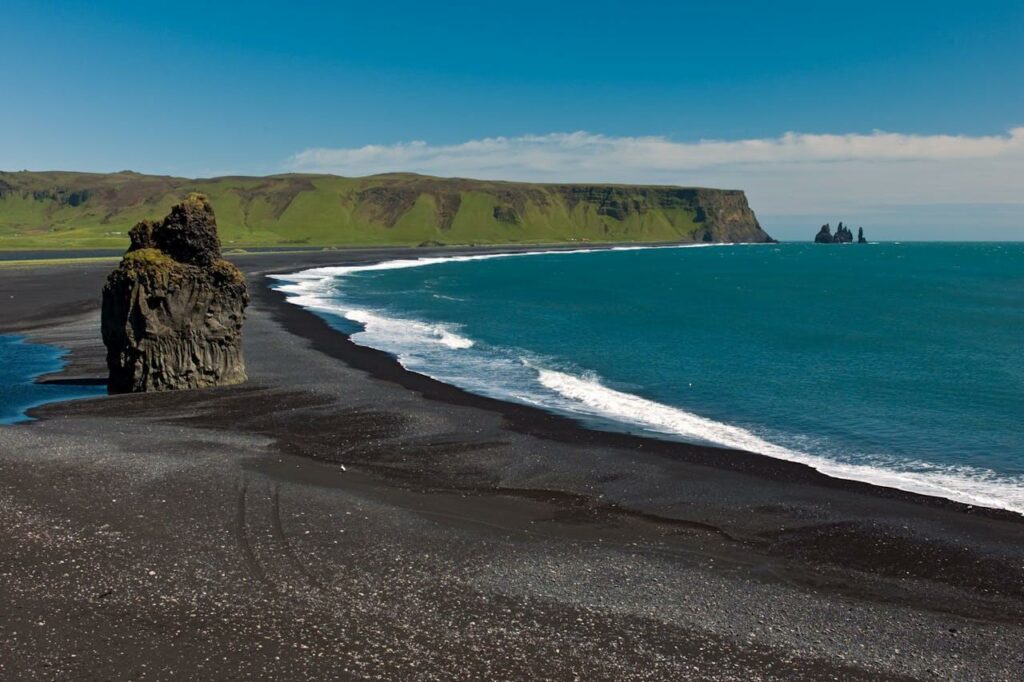
❄️ Iceland: Geothermal Sustainability
While Costa Rica relies on biodiversity, Iceland leads with renewable energy. The country powers 90% of homes with geothermal energy, turning volcanoes into clean energy sources, which is unique among all ecotourism examples of this article. The Hellisheiði Plant near Reykjavik welcomes visitors to explore underground turbines—proof that energy infrastructure can be educational. 🔥
Sustainability also extends to Iceland’s tourism sector. Ion Adventure Hotel uses geothermal heat for its spa and reclaimed wood in its design. Blue Lagoon’s Sky Lagoon combines volcanic steam with ocean views, and Torfhús Retreat heats floors with 1000-meter-deep geothermal pipes. Even small features like water-saving fixtures help cut usage by 15%, which is critical in this glacial environment. ❄️
Eco-conscious activities are also easy to find. Mountain biking the Lava Cycle Trail avoids carbon emissions while crossing moss-covered lava fields. Horseback riding in the Westfjords’ “elf mountains” helps protect fragile terrain, and the restricted hiking season in Landmannalaugar minimizes erosion. 🐎
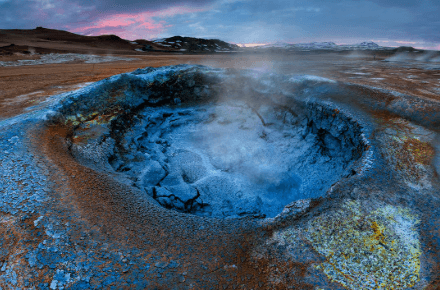
To manage growing tourism, Iceland implemented SmartVoyager certification and a 2019 tourist tax to fund infrastructure like trails and waste systems. The “Pledge to Tread Lightly” educates visitors about sustainable behavior—though some outdated practices (like taking lava souvenirs) persist. 🚫
Local engagement also thrives. In Reykjavik, Kaolin cooperative showcases handmade ceramics, while geothermal greenhouses in Hveragerdi produce local vegetables year-round. Many guests stay in repurposed barns to learn about sustainable agriculture firsthand. 🌱
Hellisheiði’s visitor center goes further by showcasing carbon capture experiments, reinforcing why 85% of Iceland’s energy comes from renewables. Here, tourists don’t just see lava fields—they learn how to harness them. ⚙️
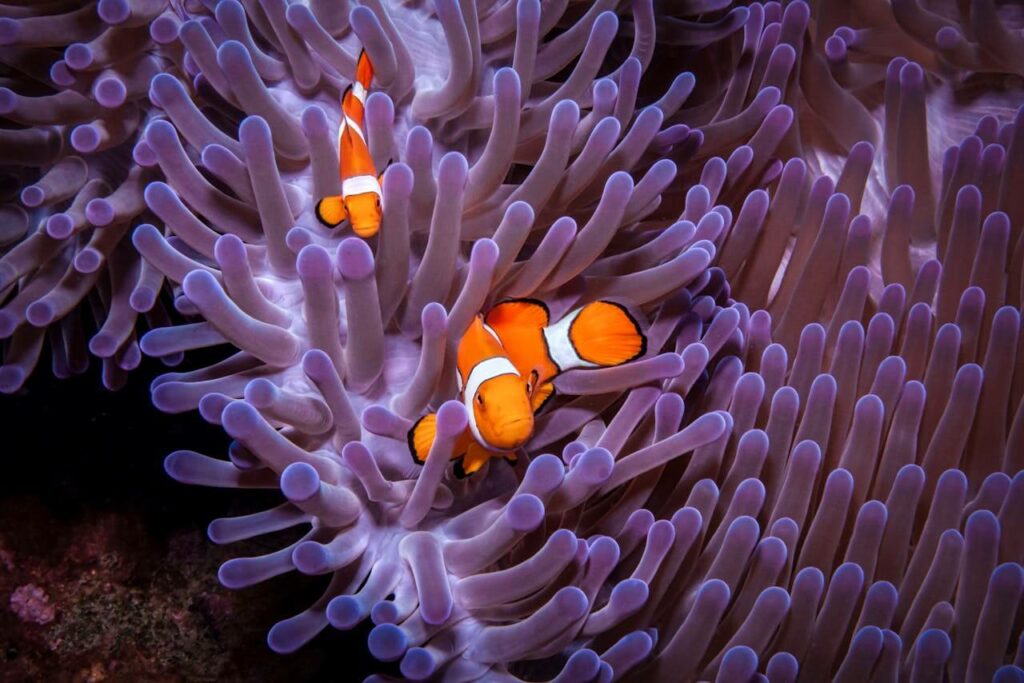
🌊 Palau: Marine Sanctuaries and Cultural Pride
Shifting from icy landscapes to tropical waters, Palau offers a shining example of marine-based ecotourism. Upon arrival, visitors are required to sign the Palau Pledge, a passport-stamped promise to protect the environment. The Olau Palau app takes it a step further, rewarding eco-friendly actions with access to hidden beaches and cultural experiences. 🌊
Palau’s commitment to conservation is massive in scale. Its National Marine Sanctuary protects 80% of its ocean territory—equivalent to the size of California. Since 2009, its shark sanctuary has safeguarded 600,000 km² of marine habitats, benefitting species like sea turtles and reef sharks. 🦈
Strict policies uphold this protection. Touching coral carries a $1,000 fine, and the « no gloves » diving rule helps preserve delicate ecosystems. Shark Week tours by Fish ‘n Fins educate divers while supporting conservation. Visitors also contribute data through underwater species documentation and eco-conscious snorkeling. 🐢
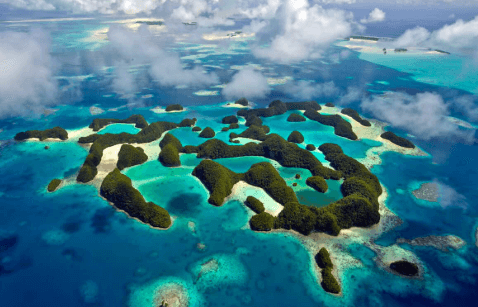
Tourism here funds conservation directly. The $100 “Green Fee” supports the Protected Areas Network Fund, which maintains 39 reserves. Globally, 84% of national parks rely on tourism dollars—and Palau exemplifies how that funding model can work. 💰
Environmental efforts go beyond reefs. Palau bans reef-damaging sunscreen and single-use plastics. Hotels provide refillable toiletries, and restaurants use biodegradable packaging. Youth engagement in the “No Plastic” campaign supports long-term behavioral change. ♻️
Ecotourism also supports cultural preservation. Canoe tours, mat-weaving workshops in Babeldaob, and traditional “Bul” fishing bans all support 40% of local jobs while maintaining 2,000-year-old customs. 🏺
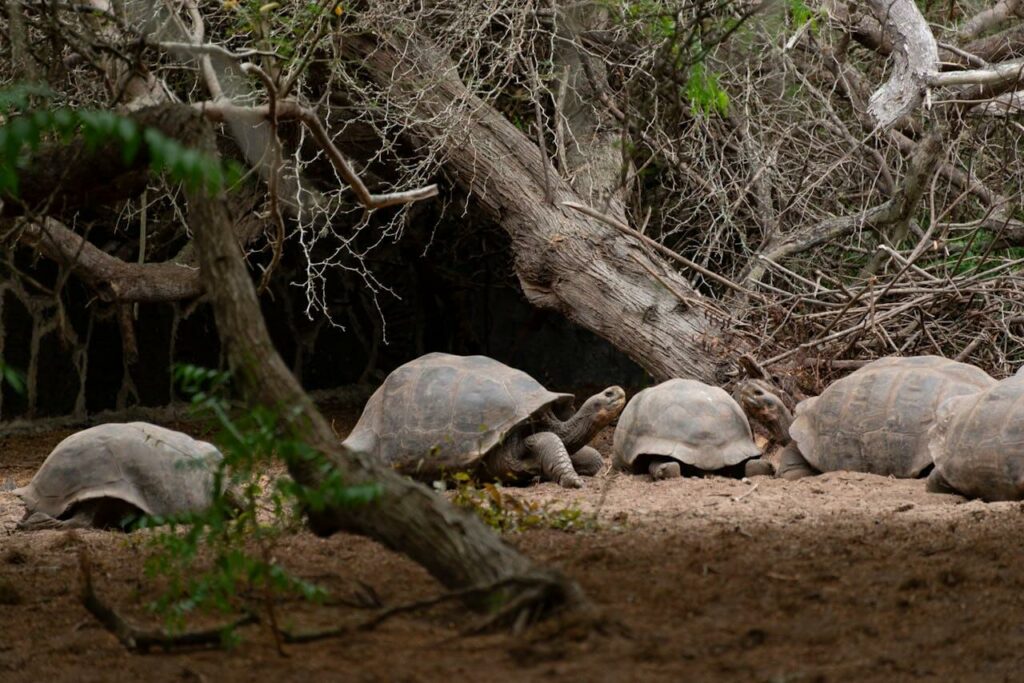
🐢 Galapagos Islands: Darwin’s Evolutionary Wonderland
From Palau’s marine reserves, we head to another iconic archipelago: the Galapagos Islands. These volcanic islands famously inspired Darwin’s theory of evolution, and remain one of the most celebrated ecotourism destinations in the world. Over 97% of reptiles, 80% of birds, and 20% of marine species here exist nowhere else. 🦅
To preserve this living laboratory, strict controls are in place. A $100 conservation fee funds park operations, while visitor numbers are capped at 50,000 per year. Only certified operators—recognized under the Smart Voyager program—may guide tourists, and all visits are regulated by rules that prohibit touching wildlife and mandate staying on marked trails. 🛑
Here’s how to experience the Galapagos responsibly:
🌿 Observe Galapagos tortoises in their natural habitat
🦎 Watch marine iguanas bask on volcanic rocks
📷 Photograph blue-footed boobies and Darwin’s finches using natural light
👣 Stay on designated trails to protect ecosystems
🚫 Never touch wildlife to preserve natural behaviors
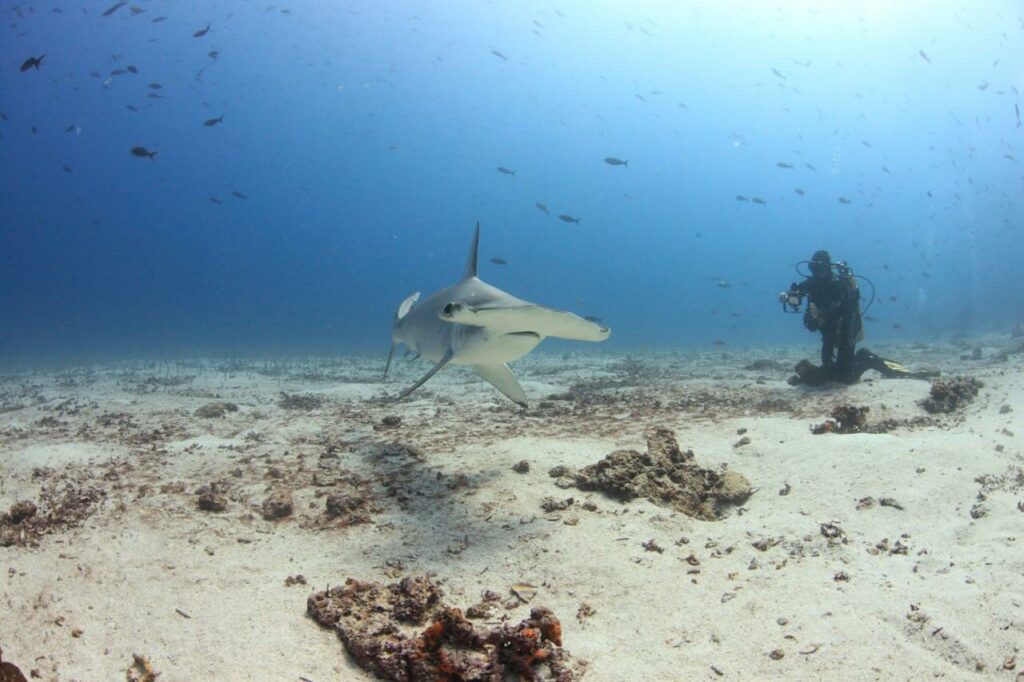
Trained guides are essential to responsible tourism in the Galapagos. 95% hold Galapagos National Park certification, ensuring they enforce group limits and educate visitors on ecological significance. 🧭
In addition, boat routes are rotated across 22 visitor sites to avoid overuse. GPS tracking ensures compliance, and tour itineraries must be pre-approved, balancing visitor satisfaction with conservation. ⛵
Citizen science further enhances these ecotourism activities. Travelers can help identify tortoises by photographing facial patterns, log whale sightings through Happywhale, or dive with conservation groups removing ocean plastic while collecting pollution data. 🌊
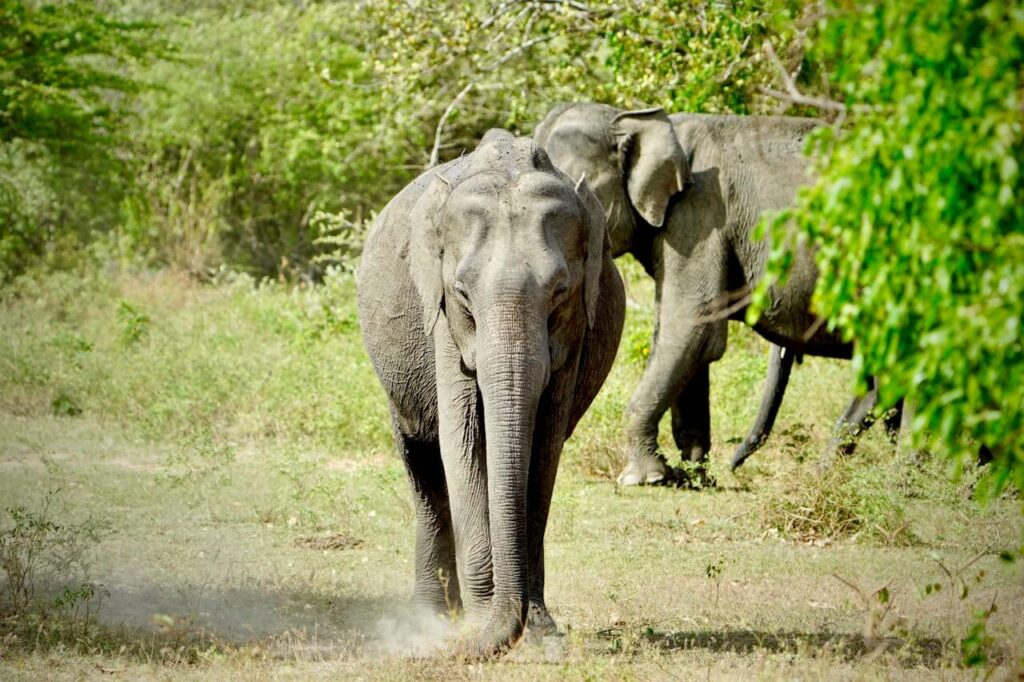
🦁 Kenya: Safaris with a Sustainable Heart
Moving from islands to the African savannah, Kenya represents a powerful ecotourism example where wildlife conservation and cultural heritage go hand in hand. Since 1996, Ecotourism Kenya (EK) has certified over 100 businesses, proving that economic and environmental sustainability can coexist. 🌍
Kenya offers a wide variety of experiences:
🦁 Spot the Big Five in community conservancies
🎨 Learn traditional Maasai beadwork
⛺ Stay in solar-powered lodges like Sirikoi Camp
🌿 Explore eco-camps with compost toilets and rainwater harvesting
👨👩👧👦 Join Maasai guides for cultural storytelling
🌳 Volunteer with rhino protection programs
Community conservancies are central to Kenya’s success. Covering 17.3% of the country, they support over 700,000 households. For example, in Mara Naboisho Conservancy, 500 Maasai families earn $100/month per acre, helping fund schools and clinics while protecting wildlife corridors. 🏞️
Sustainable travel here also includes low-impact game drives, electric safari vehicles, and guided walking tours. Kenya is part of a regional movement—34 African countries now ban single-use plastics. Guides teach visitors about ecosystem balance, with 85% of Maasai Mara’s wildlife now living outside formal park boundaries thanks to community stewardship. 🚗
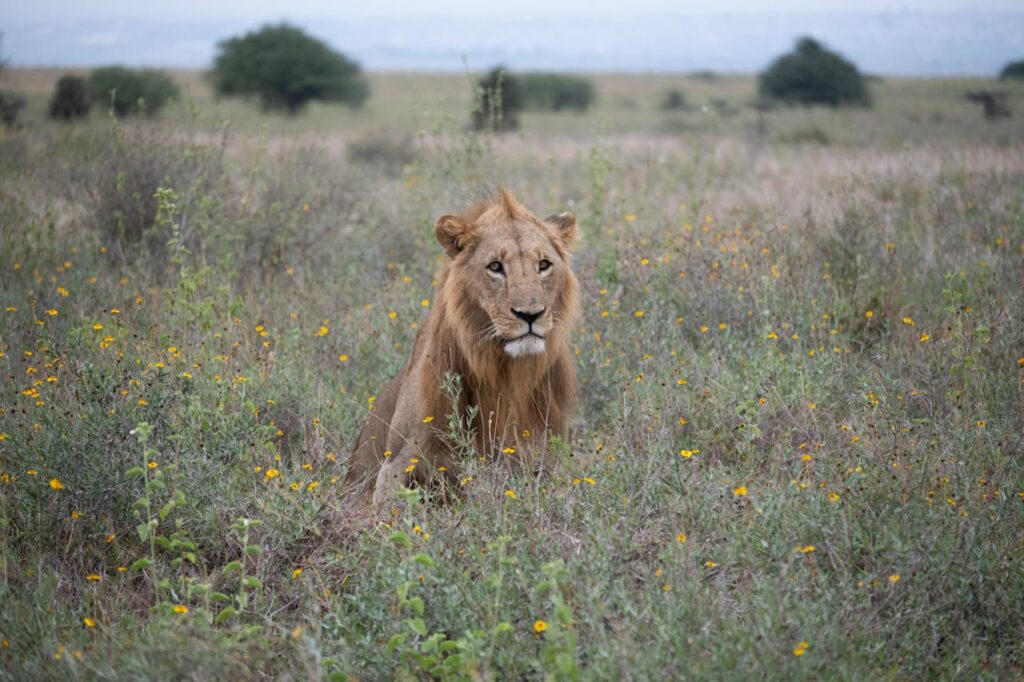
Tourism isn’t just about the wildlife. It funds 80% of Africa’s wildlife economies. A single live elephant can generate $1.6 million in ecotourism over its lifetime, compared to only $40,000 from poaching. Kenya reinvests visitor fees into anti-poaching efforts, which have helped reduce illegal hunting by 60% since 2016. 🎯
Cultural experiences are also thriving. Visitors tour Maasai manyattas, learn storytelling traditions, and participate in beadwork projects that support school meals. Across Africa, indigenous knowledge preservation now generates $6 billion annually—with Kenya at the forefront. 🏺
Many eco-lodges, like Sirikoi and Mara Toto Camp, operate with carbon neutrality through reforestation. Compost toilets and solar energy reduce water and fossil fuel usage, showing that responsible tourism can also mean luxury. 🌳
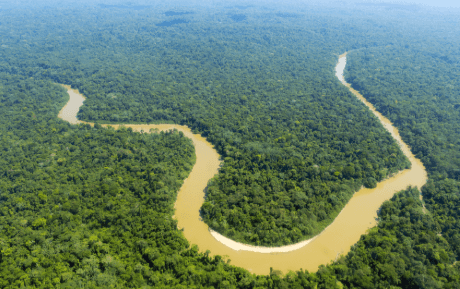
🌬️ The Amazon: Earth’s Lungs, Under Threat
Leaving the savannah, we descend into the world’s largest rainforest. The Amazon basin spans nine countries and represents one of the most critical ecotourism destinations on Earth. It produces 20% of the planet’s oxygen and contains 10% of global biodiversity—but now emits more carbon than it absorbs due to deforestation. 🌬️
Yet there’s hope. In Costa Rica, Lapa Rios Lodge powers 100% of its operations with solar and hydro energy. Guests contribute $25 each to conservation efforts, and the use of biodegradable products and water recycling systems shows that even remote lodges can achieve sustainability. ⚡
Crucially, indigenous-led tourism plays a central role in protecting the Amazon. Communities like Ecuador’s Kichwa Añangu at Napo Wildlife Center generate income through ecotourism while preserving cultural traditions. Research from Stanford’s Natural Capital Project confirms that territories managed by First Nations experience three times less deforestation. 🌍
Examples of ecotourism also abound here:
In Cameroon’s Ebodjè village, former loggers now earn more by protecting sea turtles. Across the region, ecotourism generates 500,000 jobs, creating strong economic incentives for conservation. 💰
Educational programs also flourish. Youths in Peru and Bolivia monitor jaguars and otters through camera traps, presenting data to local leaders and becoming the next generation of forest guardians. 🎓
Travelers experience the Amazon through solar-powered canoe trips and eco-lodges that avoid direct wildlife contact. The Xixuaú community, for instance, protects over 2,300 km² through responsible river tourism. 🛶
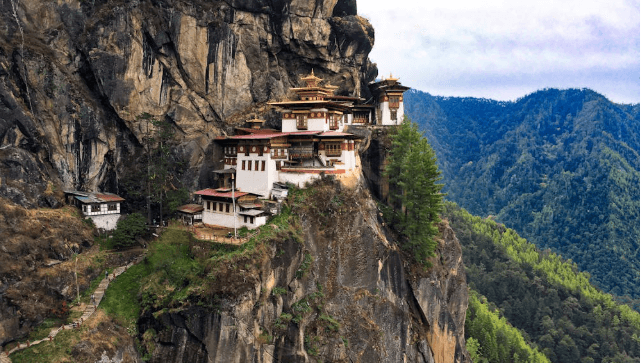
🏞️ Bhutan: Happiness in Harmony with Nature
Finally, the last ecotourism examples top article ends up in Bhutan—a Himalayan kingdom where sustainable travel is rooted in national identity. Bhutan is the world’s only carbon-negative country, absorbing 6.3 million tons of CO₂ annually. With 70% forest cover and 100% renewable energy, it prioritizes Gross National Happiness over GDP. 🌿
Eco-lodges like Gasa Tshachu reflect this balance, using local stone and solar heating. Over 90% of building materials come from Bhutan’s forests. The Bhutan Ecotourism Society certifies businesses that reinvest in local communities, including 12 schools built with tourism revenue. 🏡
Travelers can explore Bhutan through low-impact activities such as the Druk Path trek or birdwatching—there are 675 species to spot. Visits to 228 monasteries are also part of cultural tours, all conducted with deep respect for local traditions. Even the 1,023-mile Snowman Trek avoids fragile ecosystems. 🐦
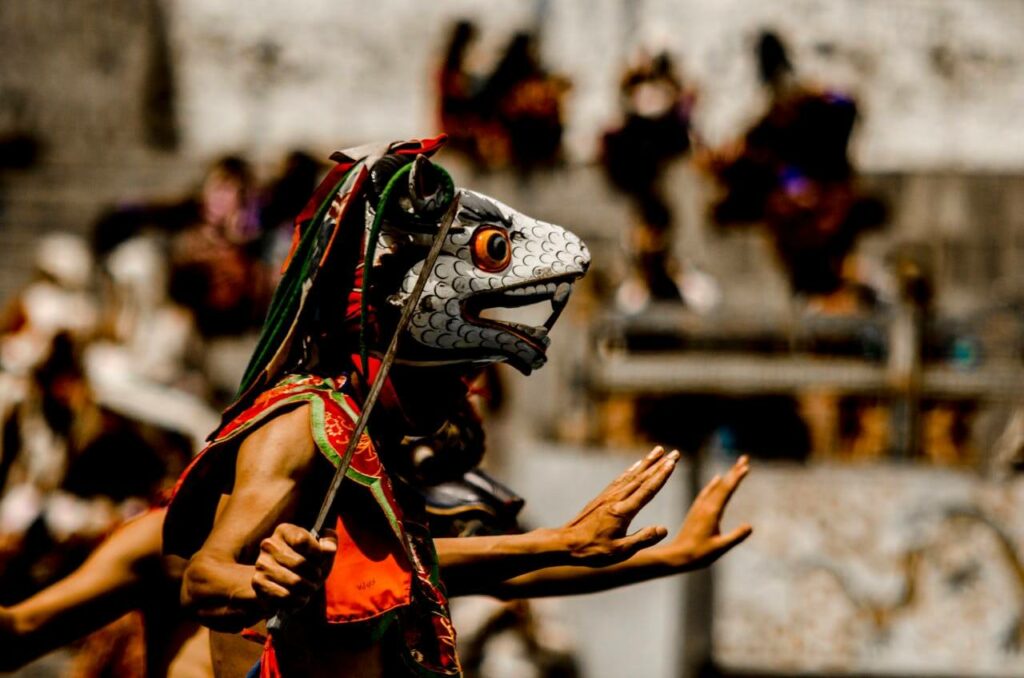
The government’s $200/day Sustainable Development Fee supports education, healthcare, and reforestation. In fact, 30% of tourism revenue directly funds community projects. 💰
Visitors also help Bhutan stay carbon-negative. Each tourist calculates their emissions and plants 100 trees through the Bhutan Climate Action program. Annually, 1.5 million trees are planted thanks to these initiatives. 🌳
Community-based tourism thrives in regions like Paro Valley and Bumthang, where homestays offer immersive experiences. Guests grind buckwheat the traditional way and learn about Buddhist heritage, reinforcing how responsible tourism sustains both culture and ecology. 🏞️
From Costa Rica’s rainforests to Palau’s marine sanctuaries, these eco-conscious escapes, real ecotourism examples, prove travel can protect nature while uplifting communities. Ready to explore? Prioritize certified tours, support local guides, and tread lightly. Together, we turn vacations into lasting conservation victories 🌍✨!
Q / A About Ecotourism Examples
What are the challenges of eco tourism?
Ecotourism, while valuable, faces significant challenges. These include implementing sustainable practices, which often requires substantial adjustments to existing structures. Additionally, there’s a noticeable lack of awareness among tourism stakeholders and tourists regarding the benefits of sustainable tourism.
Other hurdles include the high initial investments needed for eco-friendly technologies and training, balancing economic development with environmental protection, and managing visitor impact to avoid harm to local species and communities. It’s a bit of a balancing act, innit? ⚖️
How is eco tourism certified?
All the ecotourism examples mentioned are certified through labels and certifications, such as sustainability iso certifications, that ensure quality and commitment to responsible practices. Organizations like AFNOR and the European Ecolabel issue these certifications based on rigorous environmental criteria, including social aspects and waste reduction. It’s like a gold star for doing good, really! ⭐
Globally, the UN Tourism’s Global Code of Ethics sets a fundamental framework for responsible tourism, addressing economic, social, cultural, and environmental aspects. These certifications help tourists identify accommodations and tour operators that meet high standards of sustainability. So, keep an eye out for those badges! 👀
How do you measure the real impact of eco tourism?
Measuring the real impact of ecotourism involves evaluating various aspects related to growth, sustainability, equity, and ethics. Key indicators include the number of tourists, jobs created, and the financial contribution of tourists to environmental protection. It’s all about the numbers, darling! 🤓
Additionally, it’s essential to assess the consumption of water and non-renewable energy, the impact on endangered species, and the satisfaction of both tourists and local populations. These metrics help provide a comprehensive view of ecotourism’s true effects. It’s a bit like a sustainability audit, if you ask me. 🧐
How can you avoid greenwashing in eco tourism?
To avoid greenwashing in eco tourism, it’s crucial to adopt a transparent and verifiable approach. Companies should publish detailed reports based on scientific data to justify their environmental claims. Getting recognized certifications like the European Ecolabel or B Corp ensures greater credibility. It’s all about showing, not just telling. 🗣️
Communication should be honest and measured, avoiding exaggeration of environmental benefits. Consumers should verify labels and certifications, be wary of vague arguments, and demand concrete evidence of environmental commitments. Basically, if it sounds too good to be true, it probably is! 🤔
What is the future of eco tourism?
The future of ecotourism is promising, driven by a growing awareness of responsible travel. More travelers are seeking experiences that minimize environmental impact and contribute to local communities. This trend is increasing demand for eco-friendly accommodations and activities that promote conservation. It’s a green revolution, one vacation at a time! 🌍
However, ecotourism faces challenges such as air travel emissions and overtourism. It’s essential to further educate travelers on choosing eco-responsible providers and adopting environmentally friendly behaviors. Collaboration between governments, businesses, and communities is key to ensuring sustainable practices. We’ve got to work together on this one! 🤝
